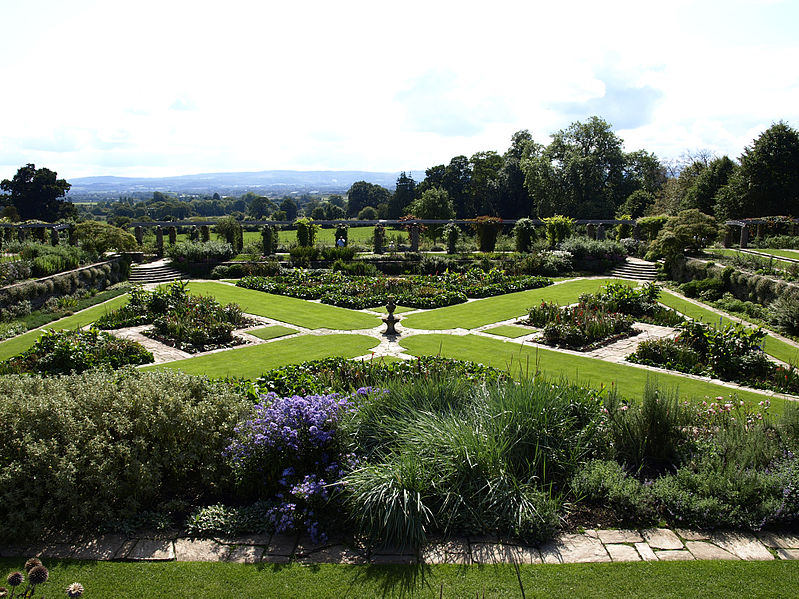To Dulwich today for the Adam Elsheimer exhibition, a welcome break from computing woes which are partly to blame for infrequent postings at the moment. The Dulwich Picture Gallery is a good place for classical landscape painting anyway: Claude, Canaletto &c. but also less renowned artists like Herman Saftleven, painter of a lovely misty View on the Rhine. Adam Elsheimer fits perfectly in this company – a forerunner who is, according to the exhibition leaflet, ‘little known today’, but was ‘recognised in his own time as a genius.’ There still doesn’t seem much danger of him suddenly becoming very popular and the exhibition was relatively quiet even on a Saturday. Three highlights:
- The series of Saints and Figures from the Old and New Testaments from the Egremont Collection at Petworth House show Elsheimer’s amazing gift for creating poetic landscapes on a tiny scale. The pictures are 9 x 7 cm each (like playing cards) and the landscape details are much smaller. An example is Saint John the Baptist (c. 1605), which can be seen on the National Galleries of Scotland site (the exhibition was on in Scotland before coming to Dulwich).
- Aurora (c. 1606) started as one of Elsheimer’s paintings after Ovid but was left as a nearly pure landscape. A print of it made by Hendrick Goudt was an influence on later Dutch landscape painting. As you look at the painting your eye drifts away from the figure and off into the distant vista of a golden morning in the Roman Campagna.
- The Flight Into Egypt (1609) is the last painting in the exhibition and is extraordinary for the realistic full moon and stars. There is an ongoing discussion about the extent to which Elsheimer was painting a particular night sky - astronomers have examined the position of the stars and suggested it was painted on 16 June 1609. It is thought Elsheimer may have used a telescope – he was in contact with scholars in Rome who were familiar with the new methods and ideas pursued by astronomers like Galileo . In some ways the sky is almost too accurate to seem realistic and the figures, glimmering by the light of a torch and a fire, have an unreal quality to them. Rembrandt’s Flight into Egypt (1647) is similar in composition but much more believable, although it is difficult to imagine it without the example of Elsheimer's original vision.





